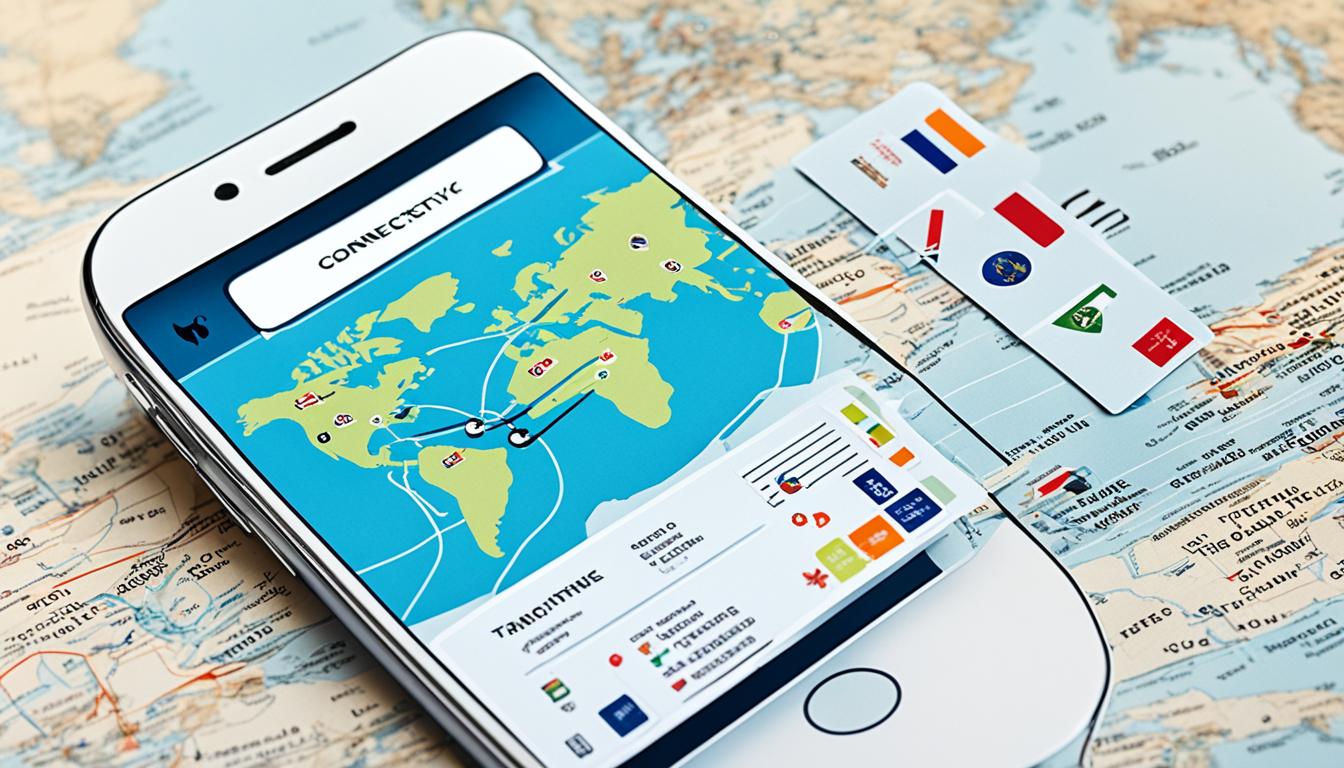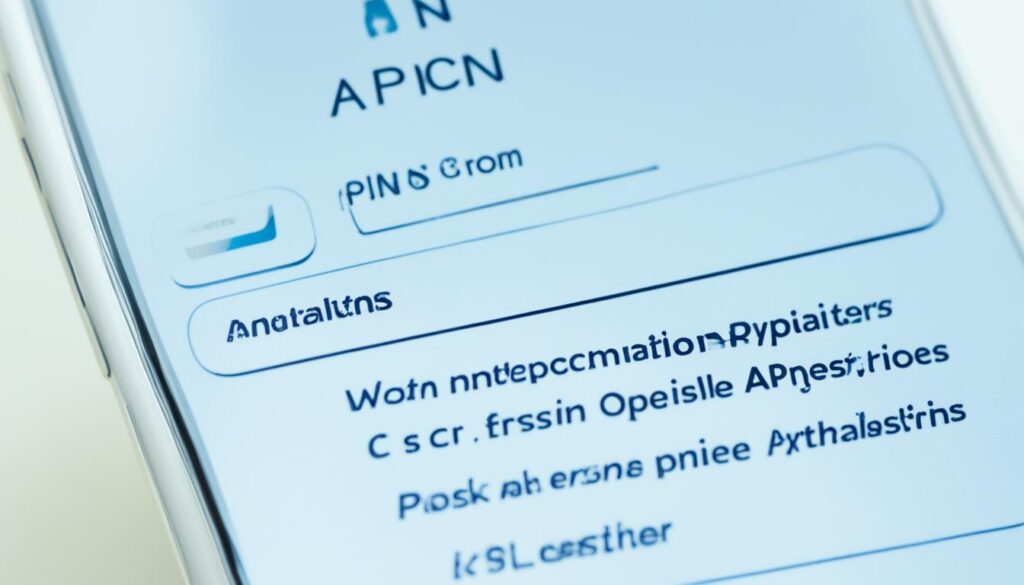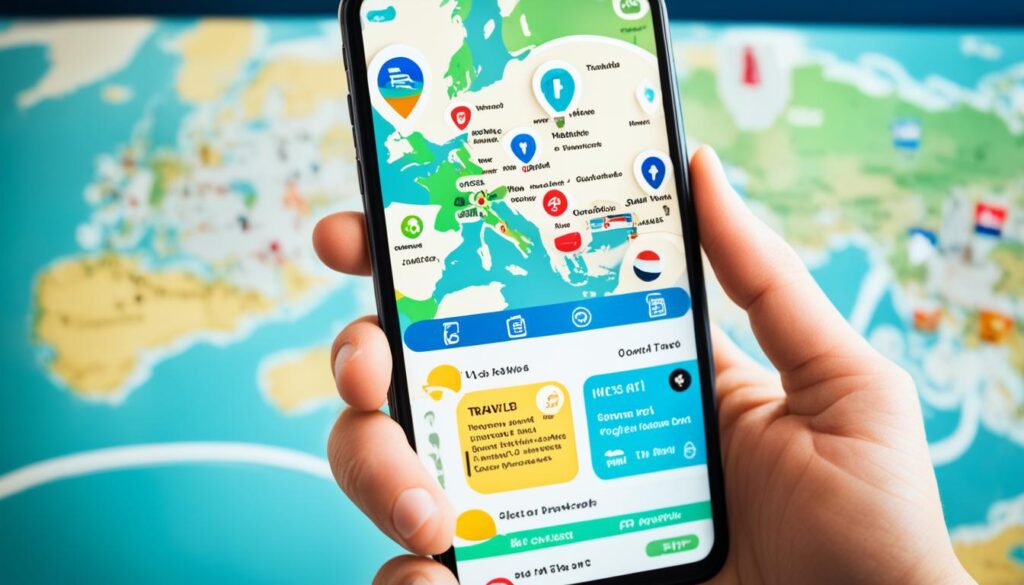
When traveling abroad, staying connected is essential. A SIM card for international travel provides a convenient and affordable solution. With an international SIM card, you can access low data rates, make international calls, and enjoy greater coverage than with a regular card. Whether you choose a local SIM or an international SIM, it’s important to understand the benefits and features of each option.
Let me share a story to illustrate the importance of a SIM card for international travel. Meet Sarah, an avid traveler who recently embarked on a solo adventure to explore Southeast Asia. As Sarah ventured from one country to another, she realized the need to stay connected with her family and friends back home.
One evening, Sarah found herself lost in the bustling streets of Bangkok, unsure of how to get back to her hotel. She desperately needed access to the internet to use maps and navigation apps. Luckily, Sarah had done her research beforehand and purchased an international SIM card. She quickly swapped her regular SIM card with the international one and activated it.
With her international SIM card, Sarah could easily connect to local networks in each country she visited without incurring exorbitant data roaming charges. She accessed maps, researched nearby attractions, and even used translation apps to communicate with locals. The convenience and affordability of her international SIM card made her travels much smoother and more enjoyable.
Whether you’re an adventurous globetrotter like Sarah or a frequent business traveler, having a SIM card specifically designed for international use is crucial. It allows you to stay connected while reaping the benefits of affordable data rates and wider coverage.
Key Takeaways:
- An international SIM card is essential for staying connected during international travel.
- Benefits include low data rates, international calls, and greater coverage.
- There are two options to consider: a local SIM or an international SIM.
- Each option has its own advantages, depending on your travel duration and destinations.
- Researching and choosing the right SIM card for your needs is crucial.
Local SIM vs. International SIM: Pros and Cons.
When it comes to using a SIM card for international travel, you have two main options to consider: a local SIM or an international SIM. Each option has its own set of advantages and considerations to keep in mind.
Local SIM
A local SIM card is typically the more affordable choice, making it ideal if you’re planning to stay in one place for an extended period. It allows you to use your phone within multiple locations within the country and take advantage of local call and data rates. Buying a local SIM is straightforward and can often be done at the airport or local mobile providers’ stores upon arrival. However, it’s important to note that not all countries have local SIM options available.
International SIM
An international SIM card provides advanced roaming options, allowing you to use your phone in multiple countries without the hassle of switching SIM cards. It offers convenience and flexibility, especially if you’re traveling to different destinations. With an international SIM, you can enjoy seamless connectivity and avoid the need to carry and manage multiple cards. However, it’s worth considering that international SIM cards may be more expensive than local SIMs, depending on your usage and the specific provider you choose.
Ultimately, the choice between a local SIM and an international SIM will depend on your travel plans, budget, and preferences. If you’re primarily staying in one location for an extended period, a local SIM may be the more cost-effective option. On the other hand, if you’re constantly on the move or visiting multiple countries, an international SIM can provide convenience and flexibility.
How to Get a SIM Card for International Travel.
Getting a SIM card for international travel is a straightforward process that can ensure you stay connected while exploring new destinations. Whether you’re looking to make calls, send texts, or access data, having an international SIM card can save you from expensive roaming charges and provide convenience throughout your trip.
If you’re planning ahead, you can research and order an international SIM card online before your trip. Many mobile providers offer this option on their websites, allowing you to compare plans and choose the best one for your needs. By ordering in advance, you can have your SIM card ready to go as soon as you arrive at your destination.
Alternatively, if you prefer a local SIM card for a longer stay in one country, you can purchase it upon arrival. Airports often have dedicated kiosks or shops where you can buy prepaid SIM cards. These local cards usually offer competitive rates and can be easily topped up with credit. Just make sure your device is unlocked and compatible with the local network.
“Getting an international e-SIM is another option to consider. An e-SIM is a digital SIM card that can be downloaded and installed on your device remotely. It eliminates the need for a physical SIM card, allowing you to switch between different carriers and plans without changing the physical card in your phone.”
Wherever you choose to get your international SIM card, whether online or at the airport, it’s essential to read the terms and conditions carefully. Pay attention to the included features, such as data allowances, call rates, and expiration dates. This way, you can make an informed decision and choose the SIM card that best aligns with your travel needs.
Now that you know how to get a SIM card for international travel, the next section will guide you on how to use it effectively, ensuring you stay connected throughout your trip.
How to Use an International SIM Card.
Using an international SIM card is a straightforward process that allows you to stay connected while traveling. Follow these steps to use your international SIM card:
- Switch off your phone: Before inserting your international SIM card, make sure to switch off your phone to avoid any potential issues.
- Remove your current SIM card: Locate the SIM card tray on your phone and remove your current SIM card. Keep it in a safe place in case you need it later.
- Insert the international SIM card: Carefully insert the international SIM card into the SIM card tray, ensuring it is properly aligned.
- Switch your phone back on: Once the international SIM card is inserted, switch your phone back on.
- Automatic connection: In most cases, your international SIM card will automatically connect to the new network. Your phone should display the network name or signal bars once connected.
- Activation and APN settings: If your SIM card doesn’t automatically connect, you may need to activate it or manually enter APN (Access Point Name) settings. Check the instructions provided with your SIM card or contact your mobile provider for assistance.
- Compatibility check: Before using your international SIM card, it’s important to ensure compatibility between the SIM card and your mobile device. Check the SIM card’s specifications and consult your device’s user manual or contact the manufacturer for compatibility information.
Follow these steps to start using your international SIM card hassle-free and enjoy the benefits of affordable communication and data access while traveling.

How SIM Cards Work When Traveling Overseas.
When it comes to using SIM cards for international travel, understanding how they work can help you navigate the complexities of data roaming, international networks, and reducing roaming expenses. Local SIM cards are designed to operate on one network within a specific location. However, once you step outside the coverage area, you enter the realm of data roaming.
On the other hand, international SIM cards are programmed to connect to multiple networks, allowing you to use your phone across different countries without incurring additional charges. This global connectivity is made possible through agreements between SIM carriers and other carriers worldwide.
Moreover, international SIM cards utilize call-back technology, where outbound calls are rerouted as inbound calls on your phone. This innovative approach helps reduce roaming expenses by bypassing the high costs associated with traditionally routed outbound calls.
To illustrate, imagine you’re traveling abroad and want to make a call. Instead of dialing directly, the call is rerouted through the global network, minimizing the need for direct international connections and lowering costs.
By leveraging these systems, SIM cards not only allow you to stay connected while traveling overseas but also help reduce the expenses associated with using local networks abroad.

International Networks: Enhancing Connectivity
“International SIM cards connect to multiple networks, widening your coverage and ensuring seamless connectivity as you travel.”
When you insert an international SIM card into your device, it automatically connects to the available network in your location. Whether you are exploring bustling cities or remote countryside, these SIM cards continually search for the strongest network signals to provide uninterrupted service.
This wide-reaching network coverage eliminates the need to switch SIM cards each time you cross a border, simplifying the process and saving you time and effort. With an international SIM card, you can freely communicate with family, friends, and colleagues while enjoying your travel experiences.
Reducing Roaming Expenses: A Cost-Effective Solution
“By using international SIM cards, you can significantly reduce roaming expenses, allowing you to stay connected without breaking the bank.”
Roaming charges can quickly accumulate, but with an international SIM card, you can avoid exorbitant fees. These SIM cards are designed to offer competitive rates for calls, texts, and data usage, enabling you to stay in touch without overspending.
International SIM cards provide an economical alternative to traditional roaming plans, allowing you to make the most of your travel budget. With reduced costs and transparent pricing, you can communicate with peace of mind, knowing that you’re not draining your finances on excessive roaming charges.
Whether you’re an occasional traveler or a frequent globetrotter, international SIM cards offer convenience, wider network coverage, and cost-effective communication options. By understanding how they work, you can make an informed decision and enjoy seamless connectivity while exploring the world.
Top SIM Cards for Traveling Abroad.
When planning your next trip abroad, it’s crucial to have a reliable and cost-effective SIM card to stay connected. Here are some of the top SIM card options to consider:
GigSky:
GigSky offers a variety of international e-SIM plans with extensive worldwide coverage. Their e-SIM technology allows you to download and install the SIM card directly onto your device, eliminating the need for a physical card. With GigSky, you can enjoy seamless connectivity in multiple countries, making it an excellent choice for frequent travelers.
OneSIMCard:
OneSIMCard is another popular option for international travelers, providing mobile services in over 200 countries. They offer different call and data packages to suit various needs. OneSIMCard allows you to purchase a physical SIM card or use their e-SIM technology, offering flexibility and convenience for your travels.
Orange Holiday Europe:
For those specifically traveling to Europe, Orange Holiday Europe offers all-inclusive plans designed for European travel. Their SIM card provides you with a local European number and includes generous data allowances, making it ideal for exploring multiple countries within the region.
Each of these options has its own costs, coverage, data allowances, and additional features. It’s essential to assess your specific travel needs and destination before choosing the best SIM card for your trip.
Having a reliable SIM card can greatly enhance your travel experience, ensuring you have seamless connectivity and access to essential services wherever you go.
Things to Consider Before Getting an International SIM Card.
Before getting an international SIM card, it is important to consider a few key factors to ensure a smooth and hassle-free experience while traveling. Taking these considerations into account will help you make the right decisions and save money during your international adventures.
Using a Regular SIM Card Abroad
While it may be tempting to use your regular SIM card when traveling abroad, it can lead to high roaming charges. Roaming charges can quickly add up, especially if you regularly use data, make international calls, or send texts. To avoid these excessive charges, it is recommended to explore options like an international SIM card.
Unlocking Your Phone
If your phone is locked to your current service provider, it is essential to unlock it before inserting a new SIM card. Contact your service provider to inquire about unlocking your phone. Once your phone is unlocked, you can easily switch to different SIM cards, including international SIM cards, to enjoy local rates and connectivity abroad.
Topping Up an International SIM
Most international SIM card providers offer the option to top up your SIM with credit for calls, texts, and data. Topping up your international SIM ensures that you have sufficient credit to stay connected throughout your trip. It is important to understand the top-up process and available options offered by your chosen international SIM card provider.
Choosing Between a Local SIM and an International SIM
Deciding between a local SIM card in your destination country or an international SIM for multiple locations depends on various factors. If you are staying in one country for an extended period, a local SIM card might be a cost-effective choice. On the other hand, an international SIM card offers the convenience of connectivity across multiple countries without the hassle of changing SIM cards.
Consider your travel itinerary, the duration of your stay, and your communication needs when deciding between these options.
Conclusion.
Traveling abroad can be made more convenient and cost-effective with a SIM card for international travel. Whether you choose a local SIM or an international SIM, staying connected while abroad is easier than ever. By considering the pros and cons of each option, researching the best SIM cards for your needs, and understanding how to use and activate your SIM card, you can enjoy seamless connectivity and affordable communication wherever you go.


